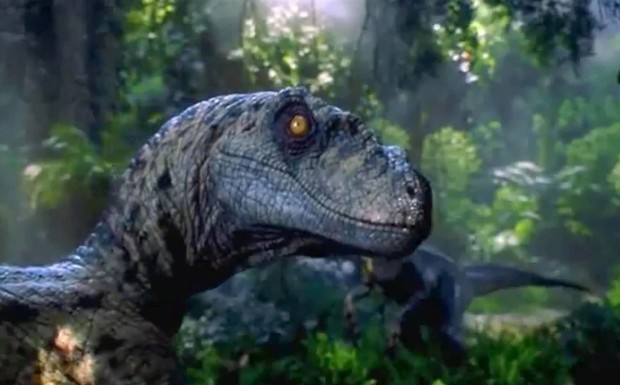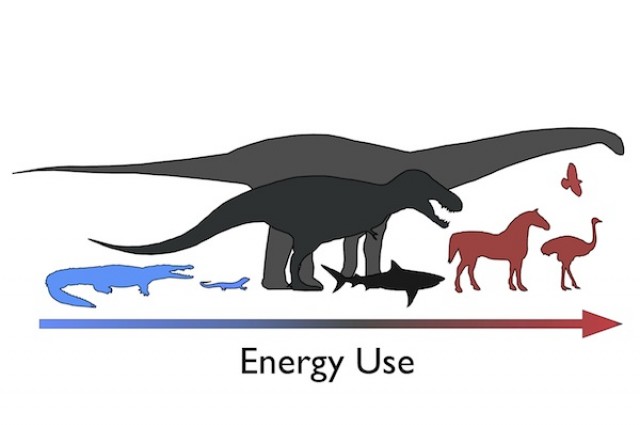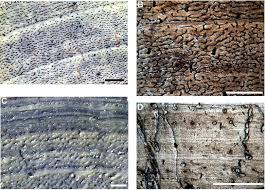June 18, 2014 – When I was a boy, like most youngsters, I was fascinated by dinosaurs. I had models of them in my bedroom and I played pretend man against monster games. The books I read told me that dinosaurs were super-sized spinoffs of reptiles. They were ectotherms, cold blooded, relying on heat from the Sun to raise their body temperature enough for them to be active during the day, just like lizards seen sun bathing on rocks to get warm.
But then along came new theories about dinosaurs. These were largely driven by science discovering the link between dinosaurs and birds. Birds were ectotherms, warm blooded, so why not dinosaurs? Paleontologists looked at the raptor family and other bird-like dinosaurs and saw in them modern birds, winged dinosaurs. Dinosaurs lived among us (creationists may misinterpret that line). And because birds were ectotherms it seemed pretty logical to point to a moment in time when dinosaurs evolved to be ectotherms as well. In Jurassic Park, the depictions of dinosaurs as agile, active, and predatory certainly played to that vision.
But in this months journal, Science, new research is depicting a different metabolic characteristic for dinosaurs. Neither ectotherm or endotherm, the dinosaurs are now like the porridge in Goldilocks and the Three Bears, “not too hot, not too cold, just right.” The term for this characteristic is mesotherm. In the illustration below, the mesotherms sit right in the middle. And as you can see dinosaurs are not the sole mesotherms that have appeared on the planet. Today sharks, tuna and even some species of sea turtles exhibit mesothermic regulation . These animals maintain metabolic rates that remain steady even when when exposed to a colder environment. The animals on the left, the crocodilians and lizards cannot. The animals on the right maintain much higher core temperatures and as a result exhibit higher metabolic rates.
How did the researchers arrive at the dinosaur as mesotherm conclusion?
They studied growth rates in a range of animal species both alive and extinct. Of these 21 were dinosaurs. Growth rates show up like tree rings in fossilized bone (see image below of 4 different bone sections from dinosaur fossils). Counting the number of growth rings and measuring both living and fossil bone lengths in 381 species tells a story. For living animals the researchers looked at animal growth, size and energy consumption. Then they compared that with the data from the dinosaur fossil record. In that image above, if modern mammals and birds were given a metabolic rate of 10, and crocodilians a metabolic rate of one, then dinosaurs would be around the number 5.
One example, Archeopteryx, a creature defined originally as the missing link between dinosaurs and modern birds, displays in its fossil bones a growth pattern significantly slower than birds. The researchers conclude that differences in thermo-regulation is the reason.
What does this mean for dinosaurs back in the age when they were flourishing? Certainly they were far more agile than fauna such as ancestral crocodilians and other reptiles. And their slower metabolism meant they needed less food than early mammals and birds, the endotherms.
It could explain why dinosaurs, as a group were predominant on Earth’s continents and in the oceans for more than 130 million years. It may even give us clues as to why they ultimately vanished while their endothermic cousins and descendants, the mammals and birds, survived. Did endotherms out-compete them? Did climate change make mesothermy uncompetitive? In the end it may not have been a rock from space 65 million years ago that led to their ultimate demise.














